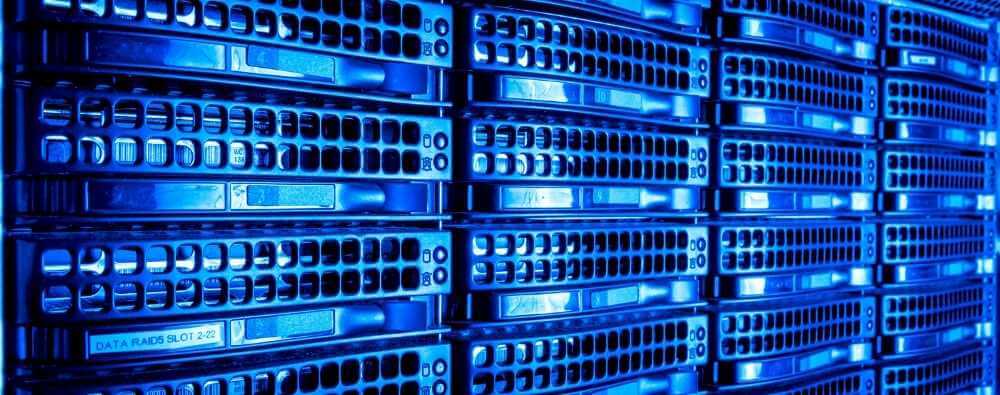Data matters, but the way you protect it matters even more. As your digital data footprint expands, it’s imperative to implement a proper data storage plan. Not only will it reduce the risks associated with routine management, but it will also help you to promote cyber resilience.
In this blog post, we’ll explore the various types of proactive storage hardware, convey their unique characteristics, and help you make an informed decision based on your unique needs.
Hard Disk Drives (HDDs):
A non-volatile device, HDDs use magnetic storage to read and write data on spinning disks. HDDs consist of two main parts, a platter, and an actuator arm, which retain data and read and write data, respectively. An ideal option for users on a budget, HDDs offer large storage capacities without a power supply; users can store media files, documents, and non-performance-intensive applications whenever necessary. While HDDs are cost-effective, they typically consume more power than other devices, are less durable, and are prone to overheating.
Solid State Drives (SSDs)
While HDDs mechanically seek out data, SSDs rely on NAND-based flash memory to secure information. The technology behind SSDs (a chip as opposed to moving parts) ensures nearly instant read and write speeds. Like HDDs, this storage option can use data when a device is powered off. Users who want fast data access while conserving energy should consider an SSD.
Hybrid Drives
Hybrid drives combine the best features of HDDs and SSDs, ensuring enhanced performance. This option satisfies users who want a balance between speed, storage capacity, and cost.
There are two common configurations of hybrid drives: dual-drive hybrid systems and solid-state hybrid drives. Dual-drive hybrid systems use separate SSD and HDD devices in the same computer. The user can complete data optimization manually by the user or automatically by the operating system, hence a “hybrid” solution. Solid-state hybrid drives integrate SSD and HDD functionalities into a single hardware piece. In this instance, the device can achieve optimization (self-optimized mode) or can receive direction from the operating system’s placement “hints” (host-hinted mode).
NVMe SSDs
NVMe (Non-Volatile Memory Express) SSDs provide unmatched storage for users with large datasets. NVMe SSDs rely on CPU and PCIe interfaces, reaching read-write speeds of 2.6 GB/s, making this the fastest option on the market. This high-performing and low-latency option is also scalable to meet new data demands, excellent for demanding and intensive storage scenarios.
External Hard Drives and SSDs
External storage devices are portable and connect to your device via USB or Thunderbolt. While they operate at slower speeds than other options and are vulnerable to physical damage, they are suitable for backups, file transfers, and expanded storage needs.
OSI Global Offers Unrivaled Storage Support
Faced with ongoing data expansion, individuals and businesses must reconsider how they capture, preserve, and access data. OSI Global can help.
Once you evaluate your budget and storage and usage needs, you can choose the best hardware. Whether you want to prioritize storage capacity, speed, or a balance of both, knowing the powers and pitfalls of each solution is crucial. Rely on OSI Global to guide your decision. View all our storage hardware options or learn how we can encourage you on your storage support journey.




